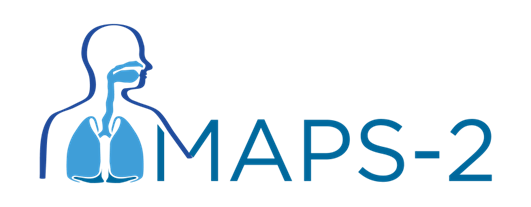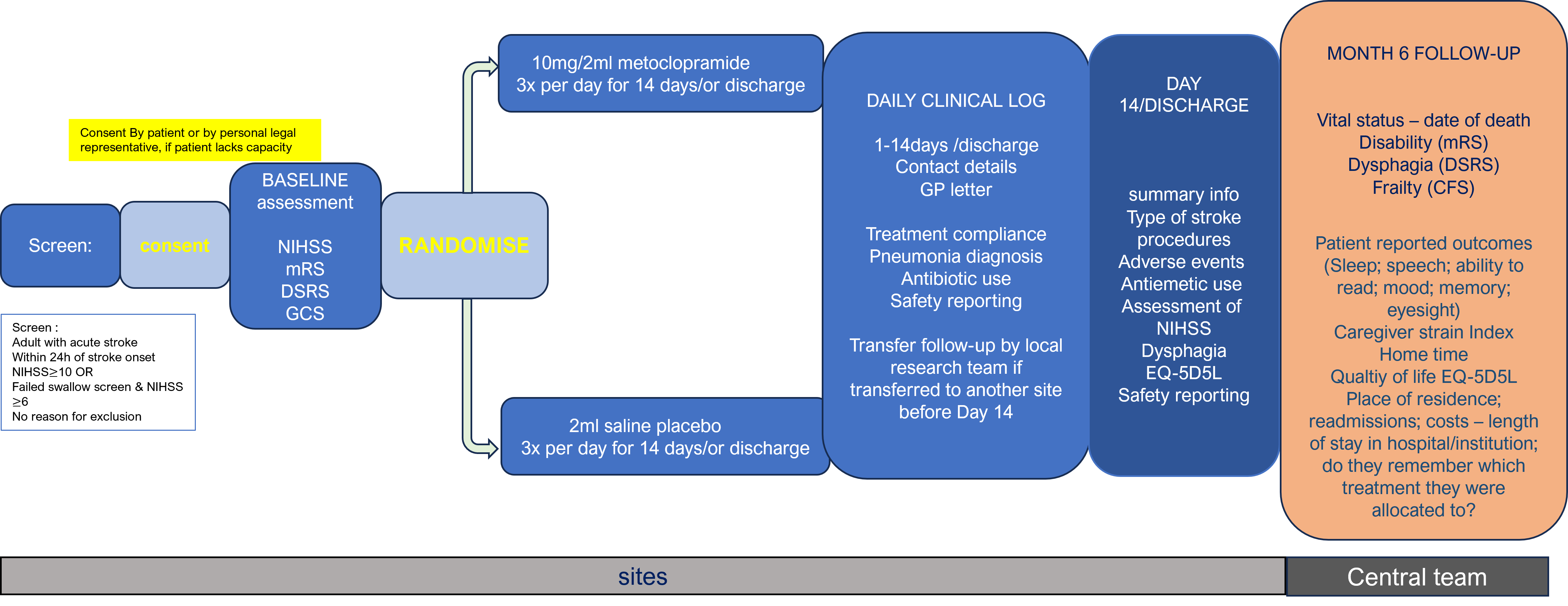Active MAPS-2 sites and sites in start-up
- C001: Stoke on Trent, Royal Stoke University Hospital
- C002: Truro, Royal Cornwall Hospital
- C003: Prescot, Whiston Hospital
- C004: Aberystwyth, Bronglais Hospital
- C005: Llanelli, Prince Philip Hospital
- C006: Carmathen, Glangwili General Hospital
- C007: Aberdeen, Aberdeen Royal Infirmary
- C008: Exeter, Royal Devon & Exeter Hospital
- C009: Sunderland, Sunderland Royal Hospital
- C010: Airdrie, University Hospital Monklands
- C011: Bury St Edmunds, West Suffolk Hospital
- C012: Chester, Countess of Chester Hospital
- C013: Newcastle-Upon-Tyne, Royal Victoria Infirmary
- C014: Salford, Salford Royal
- C015: Liverpool, Aintree Hospital
- C016: Milton Keynes, Milton Keynes University Hospital
- C017: Belfast, Royal Victoria Hospital
- C018: Stockport, Stepping Hill Hospital
- C019: Glasgow, Glasgow Royal Infirmary
- C020: London, Royal London Hospital
- C021: Crewe, Leighton Hospital
- C022: Durham, University Hospital of North Durham
- C023: Dundee, Ninewells Hospital & Medical School
- C024: Swansea, Morriston Hospital
- C025: Leicester, Leicester Royal Infirmary
- C026: Wolverhampton, New Cross Hospital
- C027: Middlesbrough, James Cook University Hospital
- C028: Luton, Luton and Dunstable University Hospital
- C029: Bournemouth, Royal Bournemouth Hospital
- C031: London, London, UCLH
- C032: Northampton, Northampton General Hospital
- C033: Harrow, Northwick Park Hospital
- C034: Bath, Royal United Hospital Bath
- C035: Norwich, Norfolk & Norwich University Hospital
- C036: Birmingham, Queen Elizabeth Hospital Birmingham
- C037: London, St. George's University Hospital
- C038: Cambridge, Addenbrooke's Hospital
- C039: Watford, Watford General Hospital
- C040: Enniskillen, South West Acute Hospital
- C041: Colchester, Colchester General Hospital
- C042: Leeds, Leeds General Infirmary
- C043: Carlisle, North Cumbria Integrated Care
- C044: Taunton, Musgrove Park Hospital
- C045: Stockton-on-Tees, University Hospital of North Tees
- C046: Birkenhead, Arrowe Park Hospital
- C047: Sheffield, Royal Hallamshire Hospital
- C048: Halifax, Calderdale Royal Hospital
- C049: Nottingham, Queen's Medical Centre
- C050: Bradford, Bradford Royal Infirmary
- C051: Dorchester, Dorset County Hospital
- C052: London, Charing Cross Hospital
- C053: Coventry, University Hospital Coventry
- C054: Southampton, Southampton General Hospital
- C055: Derby, Royal Derby Hospital
- C056: London, King's College & Princess Royal Hospital
- C057: York, York Hospital
- C058: Cramlington, Northumbria Specialist Emergency Care Hospital
- C059: Dudley, Russells Hall Hospital
- C060: East Kilbride, University Hospital Hairmyres
- C061: Doncaster, Doncaster Royal Infirmary
- C062: Antrim, Antrim Area Hospital
- C063: Hull, Hull Royal Infirmary
- C064: Epsom, Epsom & St Helier University Hospital
- C065: Kirkcaldy, Victoria Hospital
- C066: Ulster, Ulster Hospital
- C067: Chelmsford, Broomfield Hospital
- C068: Shrewsbury, Princess Royal and Royal Shrewsbury Hospital
- C069: Basildon, Basildon University Hospital
- C070: King's Lynn, The Queen Elizabeth Hospital
- C071: Portadown, Craigavon Area Hospital
- C072: Dartford, Darent Valley Hospital
- C073: Southend-on-Sea, Southend University Hospital
- C074: Haverfordwest, Withybush General Hospital
- C075: Wrexham, Wrexham Maelor Hospital
- C076: Edinburgh, Royal Infirmary of Edinburgh
MAPS-2 Repatriation-only sites
- Aberdeen, Woodend Hospital
- Birmingham, Good Hope Hospital
- Birmingham, Heartlands Hospital
- Gateshead, Queen Elizabeth Hospital
- Kirkcaldy, Letham rehab ward - Cameron Hospital
- Kirkcaldy, Queen Margaret Hospital
- Manchester, Trafford General Hospital
- Rotherham, Rotherham General Hospital
|
|












